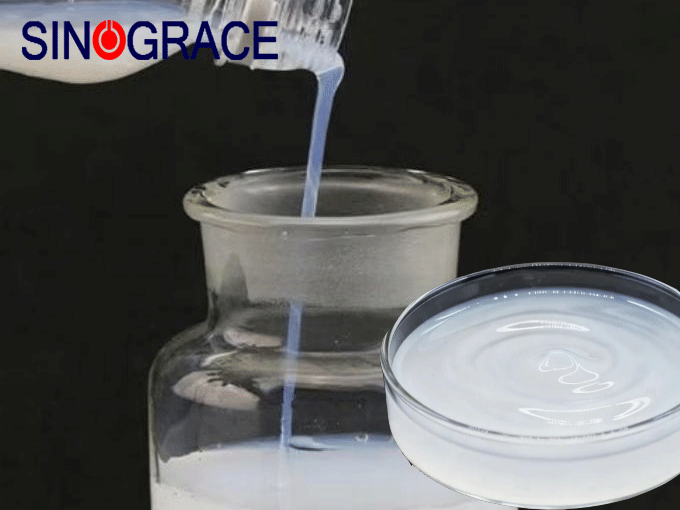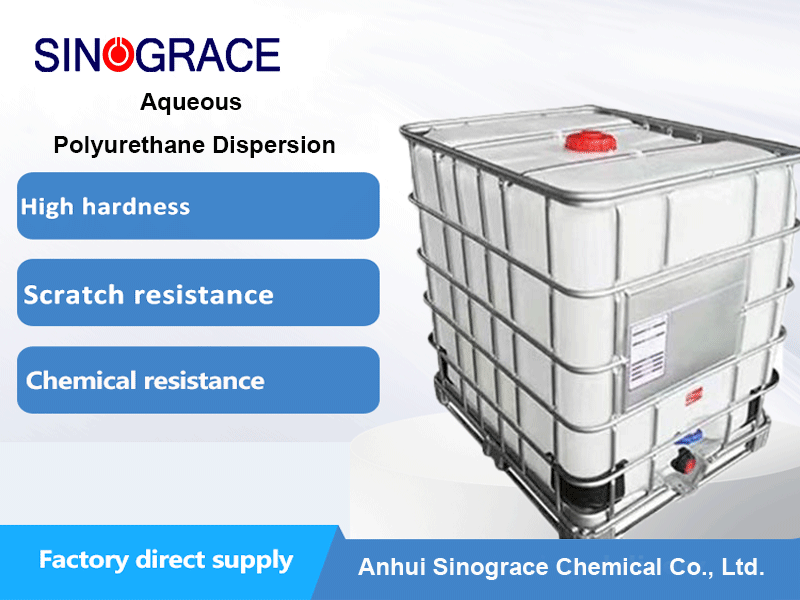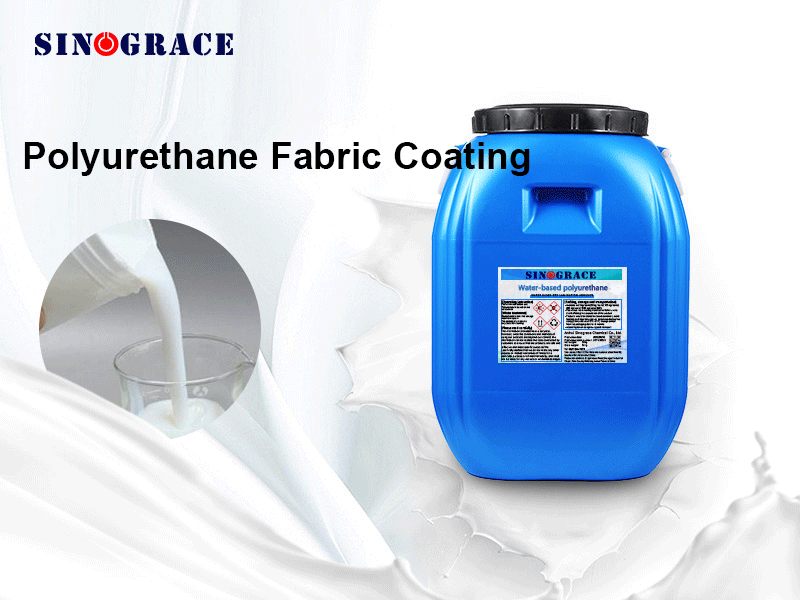Waterborne Polyurethane Dispersions (PUDs): A New Choice for Green, High-Performance Materials
Waterborne polyurethane dispersions (PUDs) are a class of resin systems that combine environmental friendliness with high performance, and are gradually becoming a star material in industries such as coatings, adhesives, textiles, leather, and inks. So, what makes PUDs so special? What performance characteristics do they offer? And in which fields can they be applied? I. What are Waterborne Polyurethane Dispersions? Waterborne polyurethane dispersions are a type of polyurethane emulsion system that uses water as the dispersion medium. Through mechanical dispersion or self-emulsification, polyurethane prepolymers are uniformly dispersed in water, forming stable polyurethane microparticles. Compared to traditional solvent-based PU, its biggest advantages are: ✨ Low VOC / Solvent-free ✨ Safe and environmentally friendly, low odor ✨ Suitable for applications with strict environmental requirements (such as shoe materials, leather, water-based inks, etc.) II. Core Performance Characteristics of Water-based Polyurethane Water-based PUD can balance "softness" and "toughness," offering strong design flexibility and thus possessing a set of very impressive comprehensive properties: 1. Excellent Mechanical Properties High strength, high toughness Good wear resistance Different tactile sensations from soft to rigid can be achieved through structural design 2. Good Chemical Resistance and Weather Resistance Good water resistance Oil and chemical resistance Excellent anti-yellowing ability (especially aliphatic PUD) 3. Good Film-forming Properties Fast drying speed Excellent low-temperature film formation Can be blended with a variety of resins (such as acrylic, epoxy, etc.) 4. Processing-friendly and environmentally friendly Easy to operate, suitable for a variety of construction processes Contains no or very low levels of organic solvents Also has corresponding developments in the field of food contact materials (requires compliance with regulations) III. Typical Application Areas of Water-based Polyurethane Water-based PUD has a very wide range of applications, from industrial to consumer products. 1. Leather Finishing and Synthetic Leather Improves flexibility and feel Improves wear resistance, folding resistance, and hydrolysis resistance Widely used in shoe upper leather, luggage leather, garment leather, etc. 2. Water-based Adhesives Used in shoe adhesives, furniture adhesives, packaging adhesives Effectively replaces traditional solvent-based PU adhesives Low odor, high safety, and designable heat resistance 3. Water-based Wood Coatings and Industrial Coatings Possesses excellent scratch resistance, anti-yellowing, and transparency Applied to furniture paints, metal protective coatings, wheel coatings, etc. 4. Textile Auxiliaries and Coatings Provides waterproof and breathable finishing effects Forms a scratch-resistant functional coating Commonly used in sportswear, outdoor equipment, functional fabrics, etc. 5. Water-based Inks and Varnishes Fe...
read more

 English
English français
français русский
русский español
español العربية
العربية








